A couple years ago I visited Merridale Estate Cidery in the Cowichan Valley on Vancouver Island. With so many folks around Edmonton making cider, and many of them looking for the fastest, most efficient way to produce a year’s supply, I thought I’d post some details from a commercial operation.
The apples at Merridale are all old-world cider varieties, basically inedible out of hand, and absolutely nothing like North American grocery store apples. They have names like Dabinett, Chisel Jersey, and Hauxapfel. The varietals are categorized as either sharp, bitter, bitter sharp, or bittersweet. Here “sharp” refers to acidity and “bitter” refers to tannin and astringency like you find in red wine, tea, and walnut skin, not true bitter flavour … Continue reading.
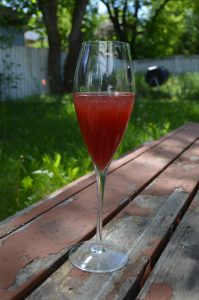 The River City Kir: sparkling hard apple cider with a splash of cherry liqueur. Something so simple shouldn’t need a complicated origin story.
The River City Kir: sparkling hard apple cider with a splash of cherry liqueur. Something so simple shouldn’t need a complicated origin story.
[Pauses awkwardly, before rapidly relating a complicated origin story]
A Kir is a French cocktail, a glass of white wine with a bit of crème de cassis (blackcurrant liqueur). There are a number of common variations. The Kir Royal, for instance, uses Champagne instead of still white wine. The Kir Breton uses hard cider. So this most recent invention was inspired by the Kir Breton.
I’ve tentatively titled this drink the River City Kir. I’m open to other suggestions. This is the first cocktail I tried with my homemade cherry liqueur. It’s a knockout. … Continue reading.
This week I am giving a presentation at Eat Alberta about how to make cider. I’m not an expert by any leap of the imagination: I’ve only been making cider for three seasons, and truthfully everything (everything!) that I know I learned from Kevin and Chad and a handful of websites.
The preamble to my presentation is called “Why Cider Matters”, and I thought I’d share the gist of it with you.
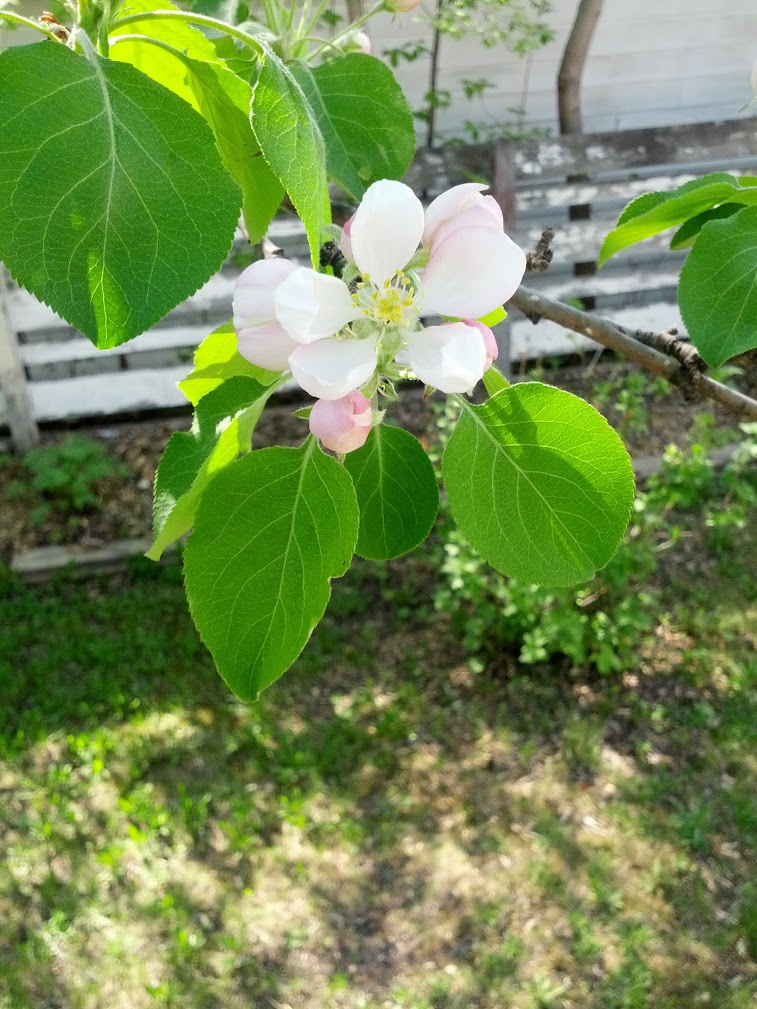 Backyard cider-making is the single most exciting movement within our local food scene. A bold statement, I know. Of all the burgeoning activities related to food production – gardening, fishing, visiting farms, joining CSAs, foraging mushrooms, hunting – cider-making may be the most accessible, and the most … Continue reading.
Backyard cider-making is the single most exciting movement within our local food scene. A bold statement, I know. Of all the burgeoning activities related to food production – gardening, fishing, visiting farms, joining CSAs, foraging mushrooms, hunting – cider-making may be the most accessible, and the most … Continue reading.
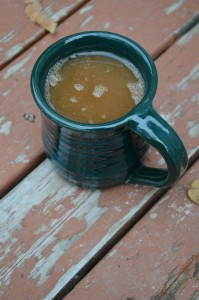 A few years ago I waxed eloquent about mulled wine as a way to use up leftover wine and appreciate exotic spices.
A few years ago I waxed eloquent about mulled wine as a way to use up leftover wine and appreciate exotic spices.
Since then mulled wine has been fully supplanted by mulled cider in my house. I’ve been pressing cider in increasing quantities, and the abundance of cheap, delicious apple juice has pushed wine further and further from my thoughts and my dinner table.
What I am appreciating most about mulled cider is its adaptability. After fermented apple juice, every other possible ingredient is optional, so the drink can be tailored to the moment.
If I’m using dry cider from last fall I’ll add some honey for sweetness and body, but if I have cider fresh from the press I … Continue reading.
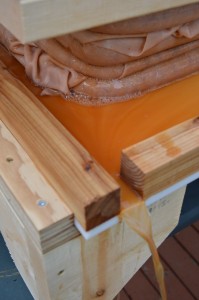 Once apples have been crushed, they need to be pressed to extract the juice from the mash. As with the apple crusher, I’ve been using Kevin’s apple press for the last couple years, but decided to build my own this fall. I am indebted to him, and to Whizbang Cider for his post on rack-and-cloth pressing.
Once apples have been crushed, they need to be pressed to extract the juice from the mash. As with the apple crusher, I’ve been using Kevin’s apple press for the last couple years, but decided to build my own this fall. I am indebted to him, and to Whizbang Cider for his post on rack-and-cloth pressing.
The essential components of the apple press:
The Press: some kind of geared, ratcheted jack that actually exerts the force that presses the apples. We started out using a scissor jack (pictured below) but have since found that a hydraulic pump jack is more balanced and easier to operate.
The Frame, which sustains the force of the press. The top and … Continue reading.
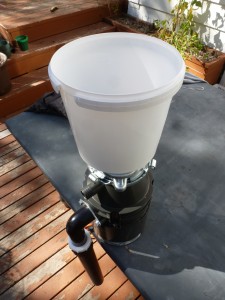 This post is about “converting” a garburator into an apple crusher. I use sarcastic quotation marks because there’s really very little you have to do to change a garburator into a crusher.
This post is about “converting” a garburator into an apple crusher. I use sarcastic quotation marks because there’s really very little you have to do to change a garburator into a crusher.
For the record, I stole all of this from Kevin, who built his first apple crusher years ago, posted about it here, and has generously lent it to friends many times since then. I just got around to making my own, so I thought I’d write about it for the sake of completeness, but there really isn’t anything in this post that isn’t already in his.
The first step is to obtain a kitchen garburator that has never been used. I have seen them on Kijiji, … Continue reading.
The best laid schemes o’ mice an’ men
Gang aft a-gley.
-Robert Burns, “To a Mouse”
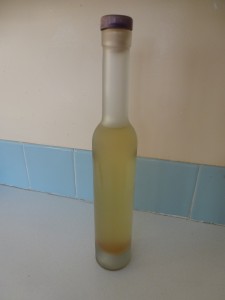 This year, for the first time, I successfully “made” vinegar. I didn’t write about it earlier because I didn’t feel like I had actually done anything, or learned anything. Hence the quotation marks. The truth is that with the numerous little crocks and tubs in which I’ve fermented cider, every so often something really weird happens that I can’t explain.
This year, for the first time, I successfully “made” vinegar. I didn’t write about it earlier because I didn’t feel like I had actually done anything, or learned anything. Hence the quotation marks. The truth is that with the numerous little crocks and tubs in which I’ve fermented cider, every so often something really weird happens that I can’t explain.
I tried really hard to make vinegar last year. I read quite a bit online about the process. The conversion of alcoholic beverages like wine and cider into vinegar is a fermentation in the broad biochemical sense. When we make cider, yeast, a … Continue reading.
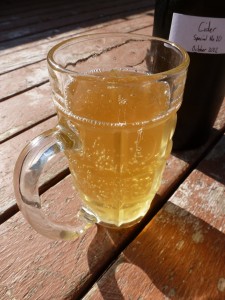 Earlier in the month we pressed our apples into cider. The juice that ran from the press was sweet and tart, with a full, milky mouthfeel, and a subtle siltiness that I think was from the skins and seeds of the fruit. It had a cloudy, oxidated colour and was a pleasing drink in all of its many facets.
Earlier in the month we pressed our apples into cider. The juice that ran from the press was sweet and tart, with a full, milky mouthfeel, and a subtle siltiness that I think was from the skins and seeds of the fruit. It had a cloudy, oxidated colour and was a pleasing drink in all of its many facets.
Fermentation
As with grapes, there is an abundance of natural yeast living on the skins of apples, and when you crush the fruit and mix the skins with the juices, the yeast has easy access to sugar. I’m always surprised by the efficacy and consistency of this natural fermentation. Basically the cider can sit in your basement for a week, … Continue reading.
Yet ev’n this Season Pleasance blithe affords,
Now the squeez’d Press foams with our Apple Hoards.
-John Gay
To most contemporary city-folk the word “cider” implies fermented apple juice. My grandparents made the distinction between “cider” (juice pressed from apples) and “hard cider” (fermented apple juice). For now I have simply made cider, and will leave the discussion of hard cider and its variants for another post.
This week we picked about 150 lbs of apples from three different trees:
- one beautiful, well-trained tree yielding large, blushing apples, which I will be referring to as “Ron’s apples”;
- one crabapple tree with bright red, tart fruit;
- one hideous, unkempt tree in our backyard that grows small green apples. The tree
…
Continue reading.
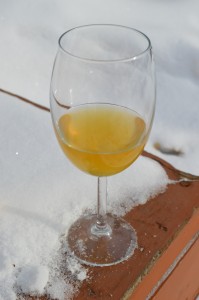 While reading the maple syrup section of On Food and Cooking, I came across a shocking bit of information.
While reading the maple syrup section of On Food and Cooking, I came across a shocking bit of information.
Even though North American Indians didn’t have metal pots until the Europeans came, they had an ingenious method for reducing maple sap to make syrup. They would leave the sap in the cold air overnight. In the morning there would be ice on top. That ice would be mostly (but not exclusively) water, so in discarding the ice they were left with a higher concentration of sugar in the sap.
After reading this, I immediately turned to the section of the book on distilled spirits, to see if there was any mention of whether this method works to concentrate alcoholic … Continue reading.
The personal website of Edmonton chef Allan Suddaby







